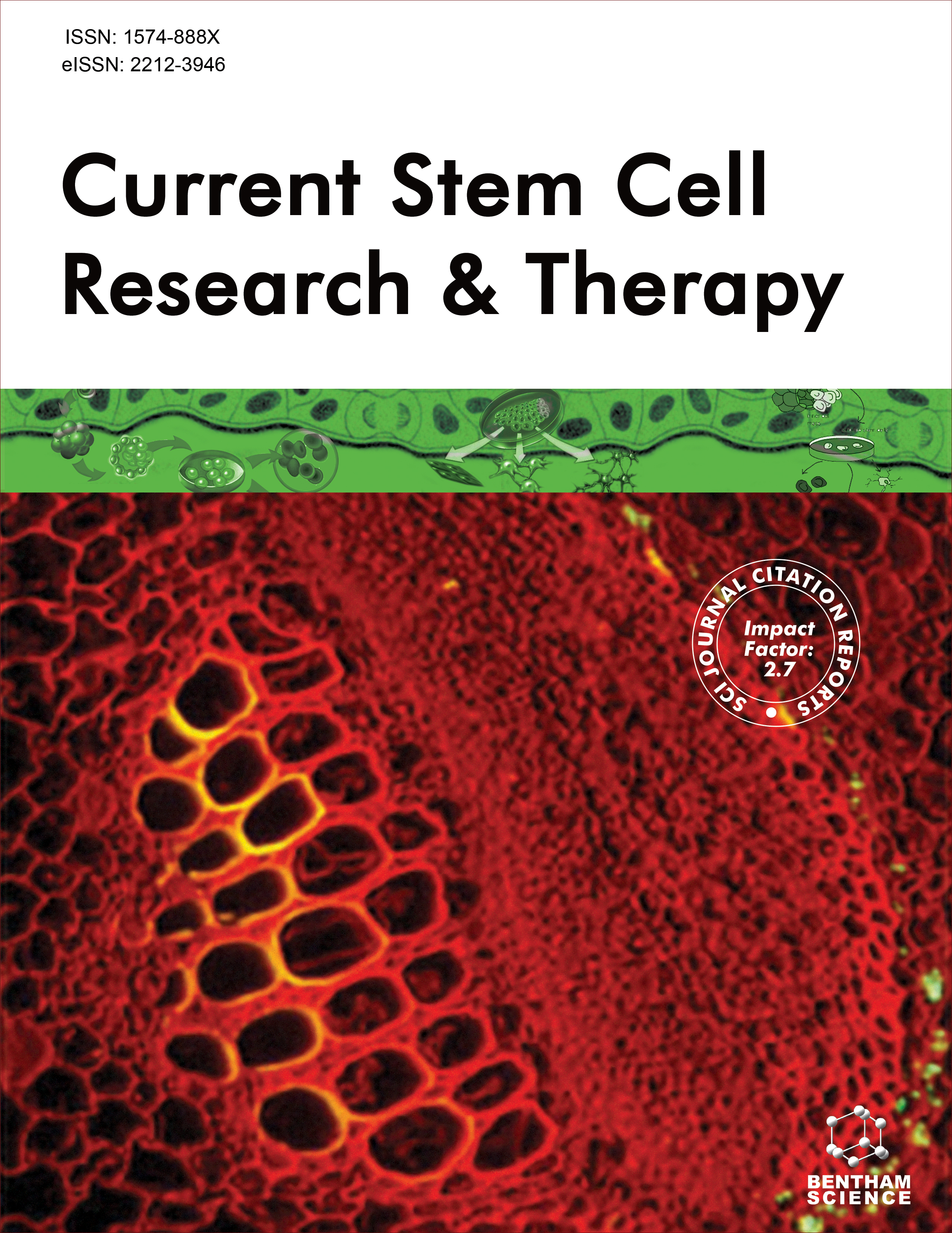
Full text loading...
We use cookies to track usage and preferences.I Understand
Clinical application of human induced pluripotent stem cell-derived cardiomyocytes (hiPSC-CMs) is a promising approach for the treatment of heart diseases. However, the tumorigenicity of hiPSC-CMs remains a concern for their clinical applications and the composition of the hiPSC-CM subtypes need to be clearly identified.
In the present study, hiPSC-CMs were induced from hiPSCs via modulation of Wnt signaling followed by glucose deprivation purification. The structure, function, subpopulation composition, and tumorigenic risk of hiPSC-CMs were evaluated by single-cell RNA sequencing (scRNAseq), whole exome sequencing (WES), and integrated molecular biology, cell biology, electrophysiology, and/or animal experiments.
The high purity of hiPSC-CMs, determined by flow cytometry analysis, was generated. ScRNAseq analysis of differentiation day (D) 25 hiPSC-CMs did not identify the transcripts representative of undifferentiated hiPSCs. WES analysis showed a few newly acquired confidently identified mutations and no mutations in tumor susceptibility genes. Further, no tumor formation was observed after transplanting hiPSC-CMs into NOD-SCID mice for 3 months. Moreover, D25 hiPSC-CMs were composed of subtypes of ventricular-like cells (23.19%) and atrial-like cells (66.45%) in different cell cycle stages or mature levels, based on the scRNAseq analysis. Furthermore, a subpopulation of more mature ventricular cells (3.21%) was identified, which displayed significantly up-regulated signaling pathways related to myocardial contraction and action potentials. Additionally, a subpopulation of cardiomyocytes in an early differentiation stage (3.44%) experiencing nutrient stress-induced injury and heading toward apoptosis was observed.
This study confirmed the biological safety of hiPSC-CMs and described the composition and expression profile of cardiac subtypes in hiPSC-CMs which provide standards for quality control and theoretical supports for the translational applications of hiPSC-CMs.

Article metrics loading...

Full text loading...
References


Data & Media loading...
Supplements

